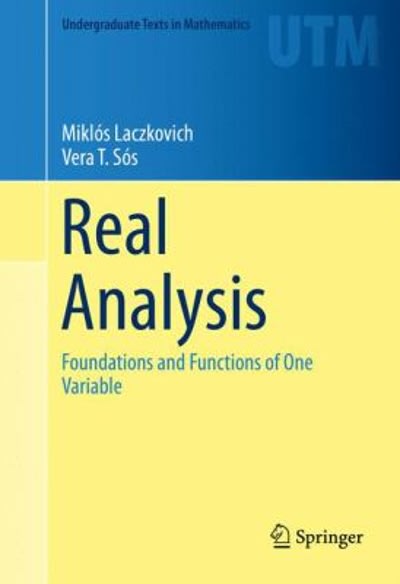Question
Question 2. (8 points) The table presents information from a set of bivariate linear regression models estimated using data from a nationally representative survey of
Question 2. (8 points)
The table presents information from a set of bivariate linear regression models estimated using data from a nationally representative survey of adults who live in the United States. The models estimate the number of children a person has in the household (persons aged younger than 18 years) as a function of (Model 1) their metropolitan area residence and (Model 2) their age in years.
Table. Least Squares Regression Model of Number of Children in Household
X |
| t-score |
| Model 1: Metropolitan area residence (0 = non-metropolitan area, 1 = metropolitan area) | -0.016 (0.051) | ? |
Model 2: Age (years) | ? (0.001) | -21.57 |
Note: N=4,041. Standard errors noted in parentheses. ***p<0.001.
- The t-score corresponding with the coefficient estimate for the relationship between metropolitan area residence and the number of children in one's household is missing. Calculate the t-score using the information available
- The coefficient estimate for the relationship between age and the number of children in one's household is missing. Calculate the coefficient estimate using the information available.
- Choose one of the variables and coefficient estimates for this part. Interpret the coefficient estimate, translating it into substantive terms about the relationship between the variable and the number of children in one's household and interpreting the t-test for that coefficient.
Step by Step Solution
There are 3 Steps involved in it
Step: 1

Get Instant Access to Expert-Tailored Solutions
See step-by-step solutions with expert insights and AI powered tools for academic success
Step: 2

Step: 3

Ace Your Homework with AI
Get the answers you need in no time with our AI-driven, step-by-step assistance
Get Started


